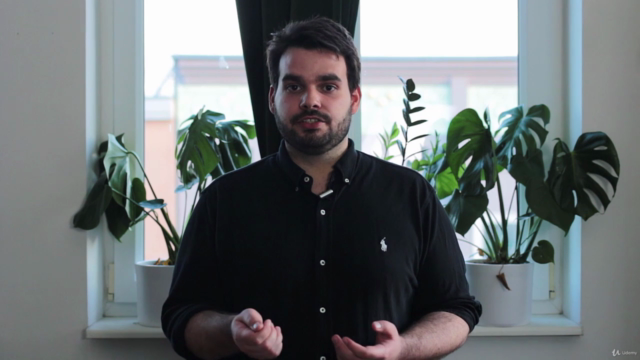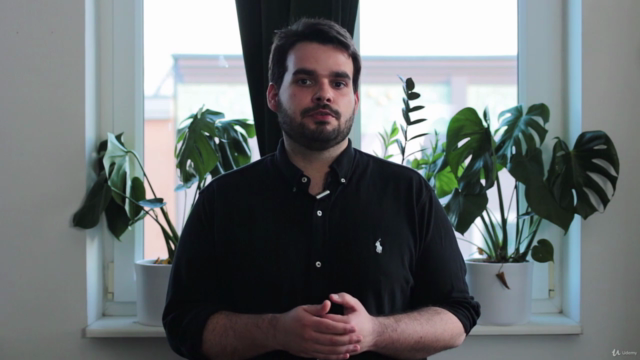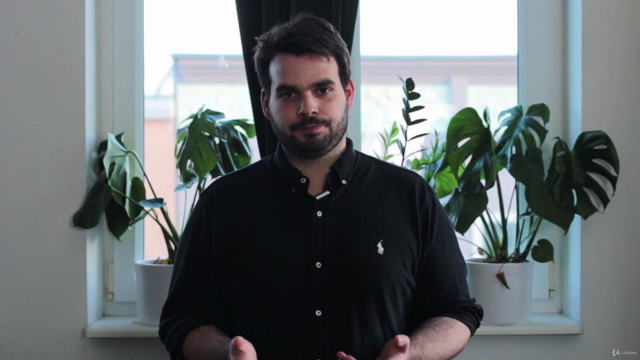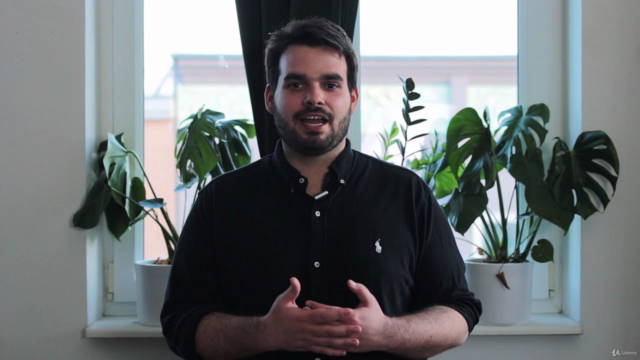Econometrics and Statistics for Business in R & Python
Learn Causal Inference & Statistical Modeling to solve finance and marketing business problems in Python and R
4.48 (648 reviews)

6,155
students
11 hours
content
Apr 2025
last update
$84.99
regular price
What you will learn
Understand the application of econometric techniques in business settings
Apply Google's Causal Impact to measure the effect of an intervention on a time series.
Code econometric techniques in R and Python from scratch.
Solve real business or economic problems using econometric techniques.
Use propensity score matching to compare outcomes between groups while controlling for confounding variables.
Develop an intuitive understanding of Difference-in-differences, Google's Causal Impact, Granger Causality, Propensity Score Matching, and CHAID
Perform Granger causality to test for causality between two time series.
Develop intuition for econometric techniques through business case studies.
Practice coding and applying econometric techniques through challenging and interesting problems.
Understand and apply basic statistical concepts and techniques in real-life business cases
Screenshots




Related Topics
2512570
udemy ID
8/16/2019
course created date
6/21/2020
course indexed date
Bot
course submited by